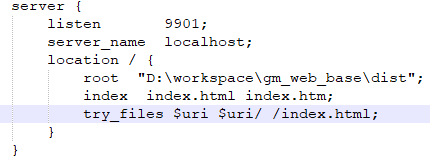I am working in scikit and I am trying to tune my XGBoost. I made an attempt to use a nested cross-validation using the pipeline for the rescaling of the training folds (to avoid data leakage and overfitting) and in parallel with GridSearchCV for param tuning and cross_val_score to get the roc_auc score at the end.
from imblearn.pipeline import Pipeline
from sklearn.model_selection import RepeatedKFold
from sklearn.model_selection import GridSearchCV
from sklearn.model_selection import cross_val_score
from xgboost import XGBClassifier
std_scaling = StandardScaler()
algo = XGBClassifier()
steps = [('std_scaling', StandardScaler()), ('algo', XGBClassifier())]
pipeline = Pipeline(steps)
parameters = {'algo__min_child_weight': [1, 2],
'algo__subsample': [0.6, 0.9],
'algo__max_depth': [4, 6],
'algo__gamma': [0.1, 0.2],
'algo__learning_rate': [0.05, 0.5, 0.3]}
cv1 = RepeatedKFold(n_splits=2, n_repeats = 5, random_state = 15)
clf_auc = GridSearchCV(pipeline, cv = cv1, param_grid = parameters, scoring = 'roc_auc', n_jobs=-1, return_train_score=False)
cv1 = RepeatedKFold(n_splits=2, n_repeats = 5, random_state = 15)
outer_clf_auc = cross_val_score(clf_auc, X_train, y_train, cv = cv1, scoring = 'roc_auc')
Question 1.
How do I fit cross_val_score to the training data?
Question2.
Since I included the StandardScaler() in the pipeline does it make sense to include the X_train in the cross_val_score or should I use a standardized form of the X_train (i.e. std_X_train)?
std_scaler = StandardScaler().fit(X_train)
std_X_train = std_scaler.transform(X_train)
std_X_test = std_scaler.transform(X_test)


